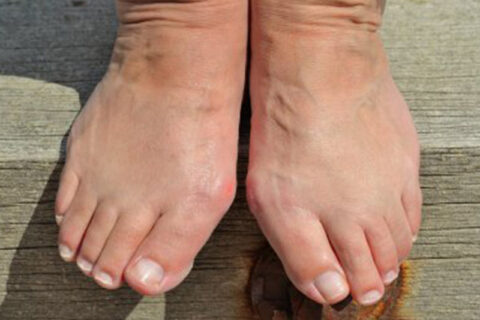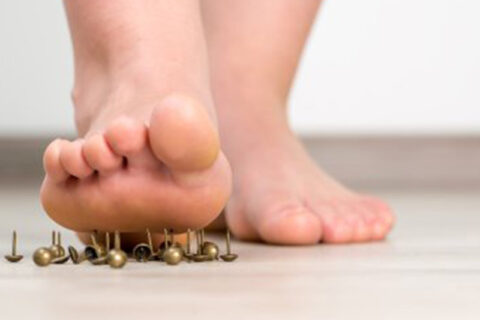Types of Cysts Found on the Feet
There are a few different types of cysts that can develop on the feet. Cysts are a bulging, sac-like structure that fills with pus or liquid. Cysts can be caused by infection, trauma, inflammation, or clogged oil glands. The most common types of cysts are ganglion cysts, synovial cysts, and plantar fibroma. Cysts can be diagnosed and treated by a podiatrist, food specialist, or foot doctor in Sugar Land.
Ganglion cysts are benign growths that are filled with fluid and attach to a tendon or tissue that surrounds the joint in the foot. They are sometimes asymptomatic, but can also cause a burning sensation, skin irritation, and can make walking and wearing shoes difficult.

Plantar fibroma cysts are fibrous and hard knots that are found deep within the skin of the arch of the foot. They are non-cancerous and can be found in either or both feet. A synovial cyst is a small, fluid-filled sac that occurs on the top of the foot, or over a tendon or joint. These cysts are initially soft but can become firmer over time. A foot doctor or foot specialist near you can treat or remove your cysts surgically or non-surgically.
There are three types of cysts that are common on the feet: ganglion cysts, synovial cysts, and plantar fibromas. Ganglion cysts and synovial cysts share several similarities. They appear on the tops of the feet, usually along a tendon or joint, and they can cause tendon, ligament, or joint damage. The main difference between these two types of foot cysts is that synovial cysts are encased in a layer of tissue that completely surrounds the cyst. Plantar fibromas occur on the bottom of the feet, usually in the instep. The cause is unknown, but genetics may play a part. You can learn more about these types of cysts and their potential treatments in this infographic from Advanced Foot and Ankle Specialists. Our foot doctor offers a range of treatments when home care is not enough, including drainage and surgery. If you’re suffering from foot pain in Sugar Land, make an appointment with us to see a foot doctor right away. Help others understand more about foot cysts and pain by sharing this information.

If you are in need of a foot doctor in Sugar Land, TX, visit Advanced Foot & Ankle Specialists or call 281-242-3338.

